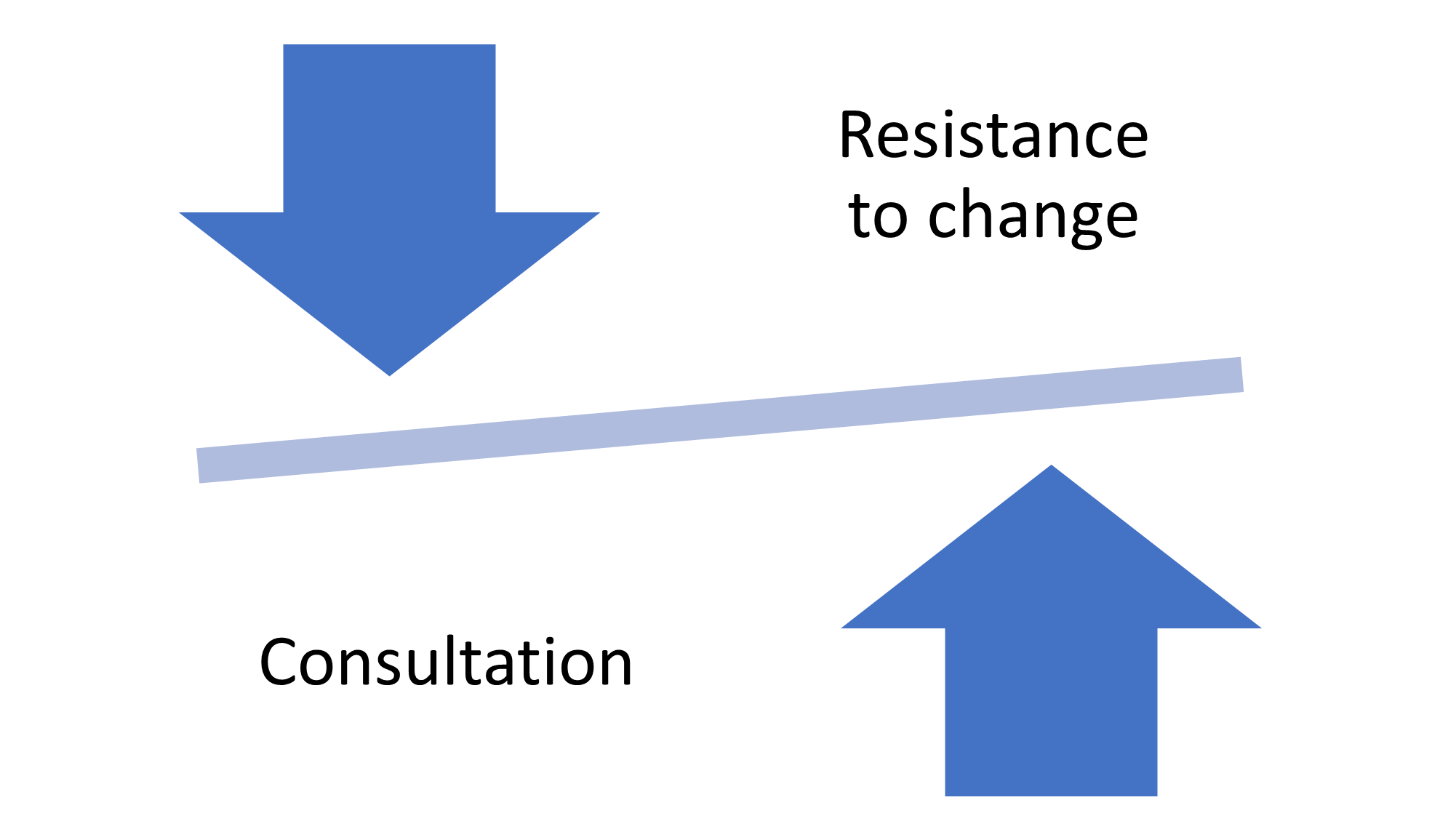Figure 1: A failure to consult with internal stakeholders drives resistance
While surveys vary, change projects generally return a 70-80% failure rate. Change managers and those responsible for leading change tend to tell the same old stories….if only managers were better leaders, and if only staff were not so resistant to change.
If you cannot manage change, then you cannot manage your organisation. In an era of mounting regulatory and market pressure for organisations to accelerate towards a sustainable transition, this is not a good starting point.
What is the problem with conventional change management? Most organisational change management approaches are built from a traditional marketing model that classifies the organisation as a normal distribution that relies on the diffusion of change from early adopters to the majority and finally to the laggards.
The major difficulty with this model is that it is blind to the essential differences between teams, functions, processes, and departments within an organisation. It sees the whole of the organisation as if it was the same. This is not the reality. For any change programme, there will be elements within the organisation that are more ready, motivated, and capable of change than other parts.
This natural internal diversity means that traditional change management programmes run a high risk of fragmenting and hence the 80% failure rate. Where individuals have a direct input in designing the sustainability initiatives that will impact their team, function, process, or department, then they will be committed to ensuring that their changes are implemented.
Traditional thinking is that resistance is the problem and that the solution to resistance is leadership. Therefore, the reasons for project failure are almost always regarded as a combination of staff resistance and poor leadership. The difficulty with this model is that the failure it predicts is the failure that invariably follows from using it. The model predicts failure because it creates failure.
Our experience of working with a wide range of organisations is that staff are always looking for better ways of operating and they yearn for change. This energy for change is a resource that is easily undermined and turned into resistance by traditional, hierarchy-driven, and top-down initiatives.
The psychology of this is obvious. Individuals have a natural tendency to resist having their views ignored. But here is also a compelling logic. Someone with an intimate understanding of how things work at an operational level will have justifiable grounds for resisting being told what to do by someone who does not know the practicalities.
Of course, change leaders will fear that if they consult widely about their change plans they may not get the changes they want. There is truth in this – but if the people being consulted have a better handle on the practicalities of what is being proposed, not only will the change approach be strengthened but you will also build goodwill, strengthen relationships and avoid triggering resentment.
We recommend taking a structured approach to the consultation process. It does not have to be a free for all. The questions that need to be addressed will come from an initial sustainability assessment and the prioritisation of material issues. The types of conversation required will typically take the form of “we need to [e.g., decarbonise process A] and the reason we need to is because of [e.g., an obligation to an important client with a Net Zero target] and your input is needed to figure out how we do it.” For each team, department, process, or function consulted the ‘how’ will be different.
Getting the internal consultation process right will not guarantee that your sustainability initiative will succeed. But it is a crucial implementation step.
For further advice on progressing your sustainability journey contact us at Antaris Consulting.








